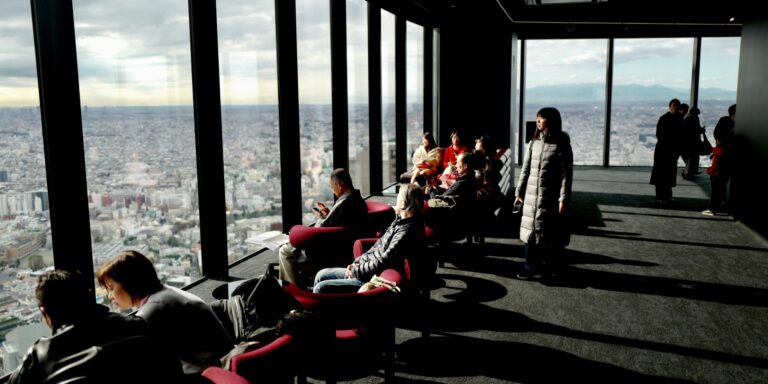As of May–June 2025, the U.S. office vacancy rate remains elevated at approximately 19.4%, signaling ongoing stress in the commercial real estate sector. This level stands 160 basis points above the same period last year. Major metro areas such as San Francisco and Austin are notably worse off, with vacancy rates around 27.7% and 28%, respectively.
Amid these challenges, office asking rents have seen modest growth, averaging $32.87 per square foot—a 3.8% year-over-year increase—as landlords attempt to offset declining occupancy. Despite rising rents, declining demand is clearly manifested in the shrinking development pipeline: roughly 41 million square feet of office space is currently under construction, marking the lowest level in recent memory.
Contributing further to the sector’s contraction is a looming wave of commercial loan maturities. More than $290 billion in office loans are set to mature by 2027, adding pressure to property finances and discouraging new development.
High-vacancy markets like San Francisco and Austin are responding creatively. Municipalities and lenders are increasingly exploring office-to-residential conversions to revitalize underused assets. Recent data shows 149 million square feet have been proposed for such conversions, with 125 million square feet pitched since 2022. San Francisco in particular is actively streamlining regulatory hurdles, offering tax waivers and zoning incentives to encourage redevelopment.
These efforts are gaining traction. Through mid-2025, the Bay Area led the nation with roughly $3.17 billion in office transaction volume—driven in part by speculative and conversion-ready deals. In contrast, markets like Atlanta are seeing sales hover around $163 per square foot, figures comparable to pre-pandemic levels.
Industry analysts, including CBRE and Moody’s, anticipate the national vacancy rate will peak between 19% and 20% in 2025. They further predict that ongoing conversions and selective demolitions will gradually shift the supply landscape.
In summary, the U.S. office market is navigating a period of transformation. Persistently high vacancy and dwindling new projects threaten traditional models. However, rising rents and growing interest in adaptive reuse—particularly conversions to residential—are creating avenues for value recovery. The outcome hinges on the interplay between policy incentives, capital market pressures, and the ability of developers to pivot existing supply toward new uses.
